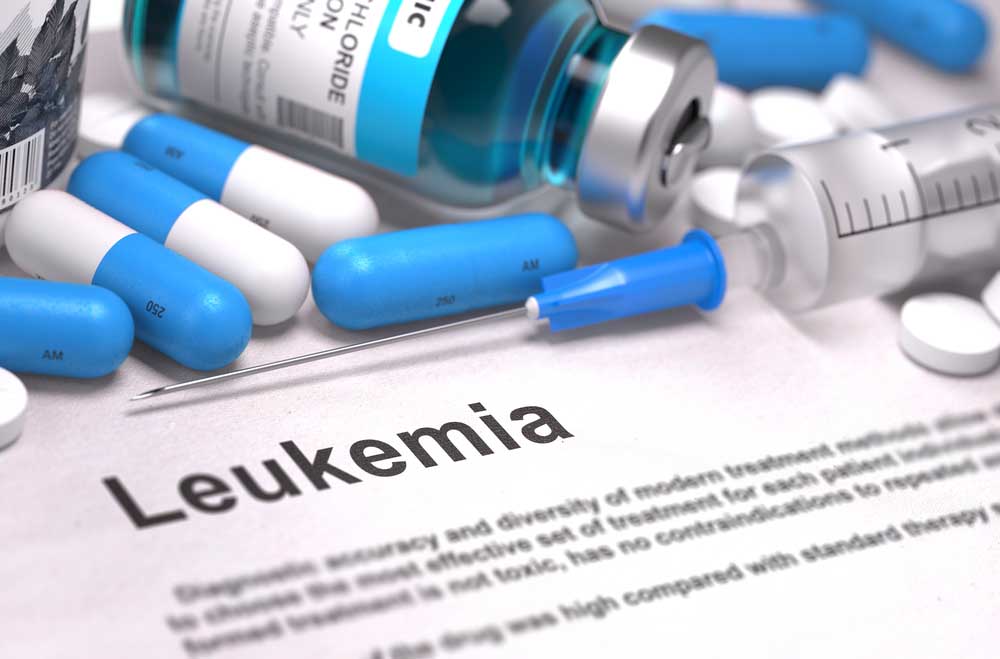Treatment options

Treatment of acute leukemia depends on the age of the patient and his or her comorbidities because it is a very aggressive therapy. If the patient is not given specific therapy, only supportive therapy for symptomatic relief is given.
Specific therapy includes three phases, including induction, consolidation and maintenance.
- In the induction phase, various drugs such as vincristine, prednisolone, methotrexate may be given for ALL. For AML, the most common drugs include Daunorubicin, cytarabine, and they are meant to destroy the tumor.
- If remission is achieved after the first phase, consolidation treatment is given to cure residual disease. In this phase, daunorubicin, cytarabine, methotrexate can be used for ALL. Cytarabine, amsacrine are more common for AML.
- If there is still remission after consolidation, maintenance therapy is given for up to 3 years until there is no relapse. In this phase, drugs include vincristine, methotrexate, and prednisolone.
If there is poor prognosis during any stage of the treatment, allogenic hematopoietic stem cell transplantation (HSCT) can be done. Supportive treatment includes treatment of anemia, bleeding and infections. All-trans retinoic acid can be used if there is 15;17 translocation in AML. Imatinib is used when Philadelphia chromosome is detected during any stage of the treatment.
CML with Philadelphia chromosome is also treated with imatinib or dasatinib, which are first line therapy for CML during chronic phase of disease. If there is no response to this first line therapy, allogenic HSCT can be done.
For CLL there is no specific treatment because of the indolent nature of leukemia, but supportive treatment is given if there is bone marrow failure, or other complications.

